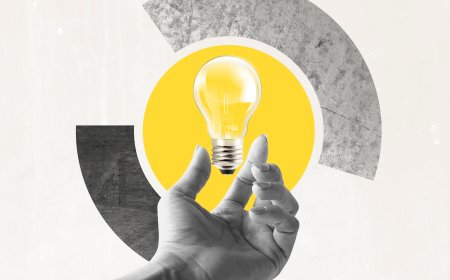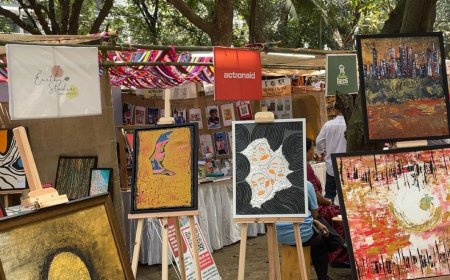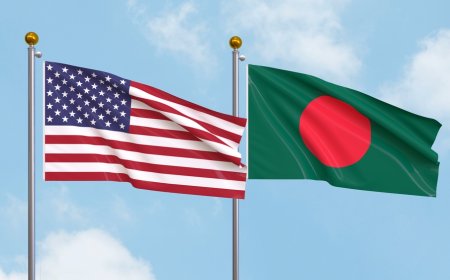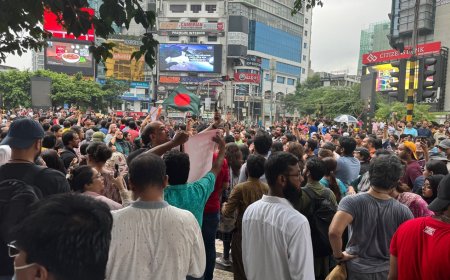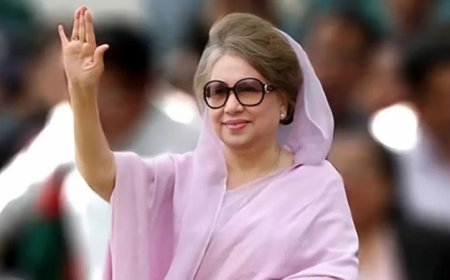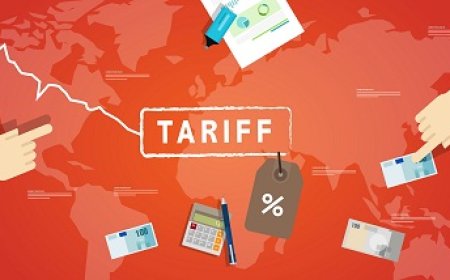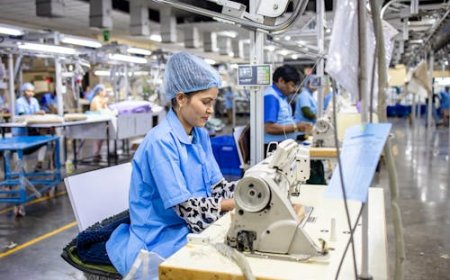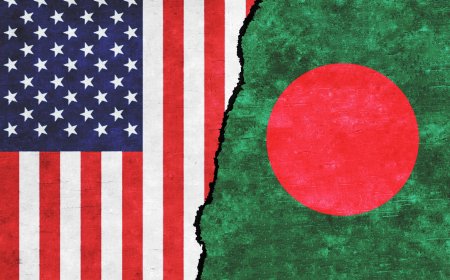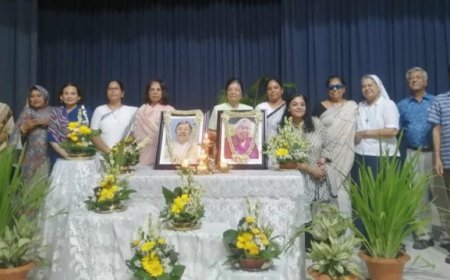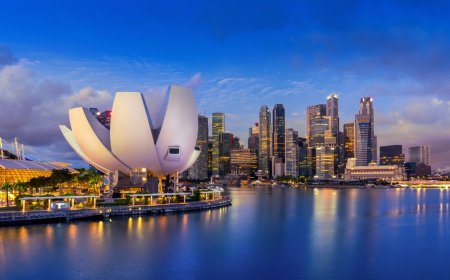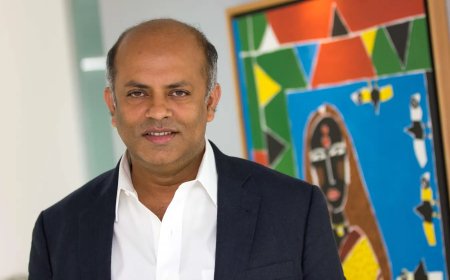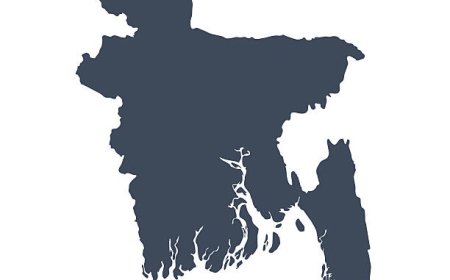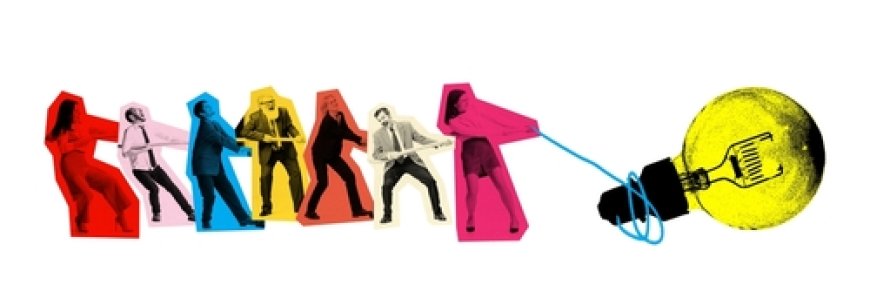A New Bangladesh Must be Built on New Ideas
As we chart our future as an innovating nation, we must ask ourselves: Will we continue to be a nation that tolerates and even encourages heresy, heterodoxy and esoterism, or will we ignore the lessons of history and become a closed society, one that is hostile to new ideas?
Senator Robert Kennedy once paraphrased George Bernard Shaw to come up with one of his most cited quotes: “Some people see things as they are and say why. I dream of things that never were and say why not.”
In that eloquent quote, Kennedy captured the essence of innovation, a subject that had exercised the minds of Joel Mokyr, Philippe Aghion and Peter Howitt, this year’s Nobel prize winners in economics. The subject is also of great importance to Bangladesh’s economic future.
But before we talk about the future, let us dig a bit into history. Almost six decades ago, in 1967, Albert Hirschman, one of the most original thinkers in the world of development economics, and arguably in economics more broadly, published Development Projects Observed. The book resulted from a momentous journey Hirschman took in the early 1960s. Along with wife Sarah, who helped in the research, he studied 14 projects in three continents, Africa, Asia and Latin America. The aim was to observe how development projects operated in practice.
The World Bank, which had funded many of these projects, sponsored the trips but Hirschman’s report disappointed the international development agency. The report had good stories and insightful conceptualization but lacked specific policy recommendations. The World Bank didn’t know what to do with it. But, when it was published, it came to be regarded as one of the most insightful books in development economics, a must-read for anyone interested in the practicalities of development.
The first story in Hirschman’s book, and the reason for my lengthy introduction, is about our very own Karnaphuli Paper and Pulp Mill. The Mill was established on the shores of the Karnaphuli with the idea of using the vast bamboo resources of the Chittagong Hill Tracts. All looked good as the mill started operations in 1953.
Then a crisis struck. The particular type of bamboo that was being used as raw material started flowering -- a very rare occurrence and thus unpredicted when the factory was being designed. With this, the bamboo was no longer fit for use. Replanting the bamboo trees was not an option since it would take several years for these to bear fruit. But with so much invested in the venture, it was difficult to abandon it.
With backs to the wall, human ingenuity kicked in. Alternative sources of bamboo were explored, and many were found in other parts of the country. A challenge was to transport them. Again, people came up with creative ways of using the vast river networks to effectively transport bamboo from different parts of the country to the Karnaphuli Mill.
While many people were frustrated by the unexpected crisis, some dared to think about alternatives. A decade or so before Robert Kennedy uttered those famous words, some people on the banks of the Karnaphuli said in despair “Why?” But there were others who dreamed: “Why not?”
They made the difference. The end-result was better than what was originally envisaged -- a more diversified sourcing of bamboo instead of reliance on just a neighboring source. From this, and a couple of other projects that he studied, Hirschman came up with the remarkable insight -- often it is good to underestimate the problems that a project would face. If we have full knowledge of all the potholes in the road ahead, we may not make the journey in the first place. But, if based on incomplete knowledge we embark on a journey and then encounter a bottleneck, our creative juices start flowing and we do find ways of getting around the problems.
This is why this story found its way into one of the most insightful books on development economics. The story of how the ingenuity of Bangladeshis saved the Karnaphuli Paper Mill remains an inspiration. In his most celebrated book, the 1958 classic The Strategy of Economic Development, Hirschman had argued that development is all about finding and harnessing hidden resources. The creativity of people is one such resource.
Fast forward sixty years. About a decade ago, a leading Bangladeshi pharmaceutical company dared to dream big and enter the global market in a big way. It concluded that its future in global markets lies in innovation, not in low prices. By investing heavily in R&D, a major source of innovation, the company has managed to develop an impressive portfolio of products, at least three dozen of which have received regulatory approvals in export markets.
The company sought help from Australian and British experts to train their local staff, which now includes over 200 young scientists with world-class product development capabilities. Several companies from the western world are now joining hands with the company to co-develop products.
These two examples, from two very different periods of time, exemplify the two ends of the innovation spectrum. At one end is the creativity of the masses, the kind of ingenuity that helped discover alternative sources for bamboo for the Karnaphuli Paper Mill. At the other end is the cutting-edge R&D and innovation exemplified by the pharmaceutical company.
In one case the innovators had to literally get their hands dirty as they checked different kinds of bamboo. In the other, they had to work in squeaky-clean laboratories to carry out their experiments. But something was common to both -- the persistent zeal to find something new.
Sadly, the story of the pharmaceutical company is an exception. Bangladeshi firms are significantly behind in technology adoption and innovation compared to global and regional standards. In 2022, the World Bank carried out a survey of Bangladeshi manufacturing firms. It found that most manufacturing enterprises in Bangladesh have not introduced new products in the past three years, with only 1 percent implementing process innovations, compared to 35 and 27 percent globally, and 21 and 25 percent respectively in South Asia. I don’t know if the survey got it wrong somehow. But even if we allow for some error, Bangladesh’s numbers are way below the South Asian average, leave alone the global mean.
The survey also found that R&D expenditure is minimal, with only 1.2 percent of firms investing in research and development in the previous fiscal year, and only 2.6 percent using licensed foreign technology. Another World Bank study on adoption of modern technology found that Bangladeshi firms rely predominantly on non-digital technologies.
Even the best-practice Bangladeshi firms are far below the firms on the global technological frontier. All this is concerning. Bangladesh must diversify its exports, improve productivity and thereby avoid the middle-income trap. To ensure this Bangladeshi firms must be both willing and able to adopt new technology and business processes.
Take for instance the garment industry and note what the government’s Task Force on Economic Re-strategizing said in its report published earlier this year: “The changing nature of global demand, such as the growing importance of online sales and green production, is putting a premium on technological changes in the RMG industry. The industry will increasingly need to go for automation, robotics, ICT systems for supply chain management, and adoption of green production and circularity practices. Technology adoption is also going to be important for other sectors.”
In 2013, Edmund Phelps, the 2006 recipient of the Nobel Prize in Economics, published a fascinating book about how the creativity of ordinary people had fueled economic growth in the developed world. In Mass Flourishing, Phelps starts from the premise that most people have the capacity to imagine and be creative. People observe things, see problems or possibilities, and try to come up with new products, processes or ways of doing things that help address the problems or grab the possibilities. The question is: when are these attributes activated and manifested on a large scale in society.
In answering this important question, Phelps invokes a set of values that he terms modern: individualism, vitality and self-expression. He talks about “people of aspiration, curiosity, and the desire for self-expression” -- qualities that we see in abundance in Bangladesh.
But that is not enough. This is where Joel Mokyr, one of this year’s Nobel laureates comes into the picture. Joel Mokyr dug deep into history, especially that of the industrial revolution in Britain, and found that institutions matter -- good quality education systems, sound property rights, including protection of intellectual property rights, financial systems that reward risk taking and regulatory frameworks that clarify the rules of the game. But above all we need open societies that welcome new ideas and permit change.
Many years ago, Bangladesh’s eminent scholar-bureaucrat and public intellectual, Akbar Ali Khan also delved into history as part of his doctoral work. The results were published as a book in 2001. In that book, The Discovery of Bangladesh, Akbar Ali Khan celebrated the Bangladeshis’ tolerance, perhaps even encouragement, of “heresy, heterodoxy and esoterism.”
This attribute, Khan argued, made the people of this delta receptive to new ideas which carried the promise of ushering in a better life for them. As we chart our future as an innovating nation, we must ask ourselves: will we continue to be the nation that Akbar Ali Khan wrote about, one that tolerates heresy, heterodoxy and esoterism, or will we ignore the lessons that Joel Mokyr mined from the depths of history and become a closed society, one that is hostile to new ideas.
Innovation is not just a matter of the economy, and of research and development. It is a matter of culture and politics too.
What's Your Reaction?












